
Dairy – A Healthy Choice That Idiots Don’t Realize
Dairy – A Healthy Choice That Idiots Don’t Realize Dairy is extremely misunderstood and often picked on by the vegan and paleo communities. Many people
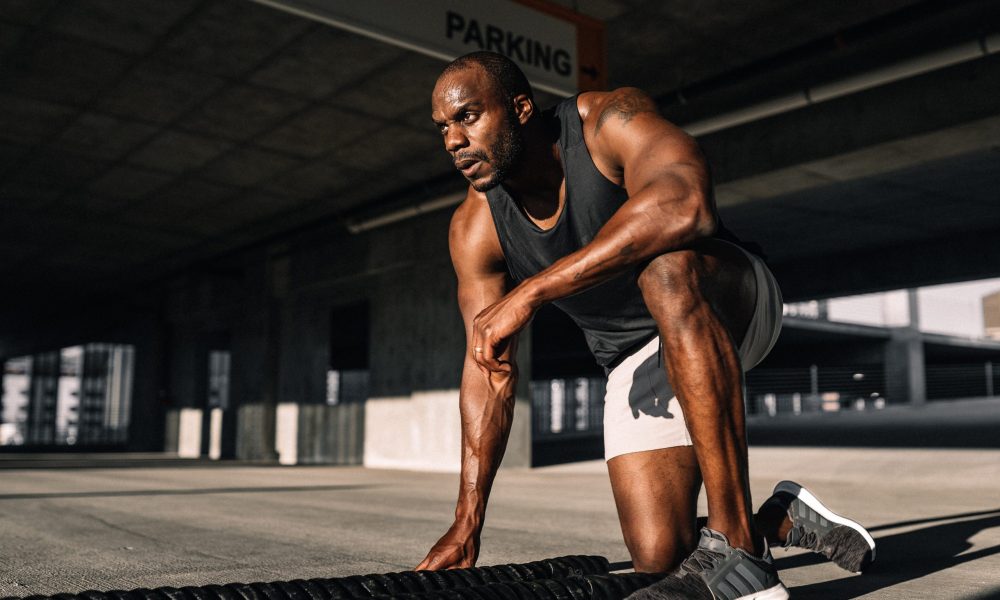
We all want to burn a ton of calories cause the more we burn, the more we can eat at a given energy balance. For example, it’s far better to diet on 1800 calories instead of 1200 calories.
So to leverage more calories out, we must understand how the body burns calories.
Your body does so via 4 mechanisms.
All 4 of these make up your total energy expenditure (TEE) which is all the calories you burn in total. In other words, that’s your net worth of how much food you can eat. You increase your total energy expenditure and you increase your allowance for food without fat gain.
Because the first 2 components are often set at any point in time, the latter 2, NEAT and exercise are seemingly more controllable. They are also referred to as your activity energy expenditure (AEE) which basically refers to the calories you burn through some sort of additional movement whether habitual, intentional, or spontaneous.
This makes sense because movement cost energy. For example, walking up a flight of stairs burns more calories than taking the elevator. And walking upstairs with groceries burns more than walking upstairs empty handed.
In theory, raising one component should raise the total amount you burn. However, what happens within a moment doesn’t necessarily raise your TEE by the end of the day/week.
I quickly realized this early in my coaching career when some clients who had active jobs and exercised a bunch, but simply couldn’t eat much without fat gain.
Sometimes, they would tack on even more cardio to unfortunately get marginal or no benefit.
If you can relate to that, it can be frustrating and I sympathize with you, but let me explain further why this may be the case and what you can do.
First line of theory is that people do burn more total calories by exercising more, but they’re eating back all of their calories.
Research doesn’t support it. All exercise has a net appetite suppressing effect (1-5). This effect is even stronger in leaner individuals because obese individuals are more leptin resistant and have dysregulated fullness hormones (6). Furthermore, strength training and higher intensity exercise suppress appetite more (7,8).
However, massive amounts of activity/movement can raise energy expenditure to where you get hungrier (9). But, there’s no evidence to believe in controlled scenarios, one would eat all of those calories back.
So assuming your intake is in check, why can’t your output net you more calories burned? Let me explain further.
So we already understand that all movement must cost energy. However, while you can move more to force your body to pay up that energy up front, your body can fight back by conserving energy elsewhere.
This is called energy compensation or the constrained energy model.
Think of a husband and wife with a joint bank account. One spouse might be trying to expend money faster for whatever hypothetical reason, but the bank account balance doesn’t change because the other spouse finds ways to conserve spending elsewhere.
It’s similar to your energy expenditure. When you add another face sweating spin class to your week, your body can easily say, “Oh you’re forcing me to lose energy here, that’s cute. I’m going to save energy elsewhere.”
So where is that “elsewhere” that your body conserves from and how can we outsmart these mechanisms?
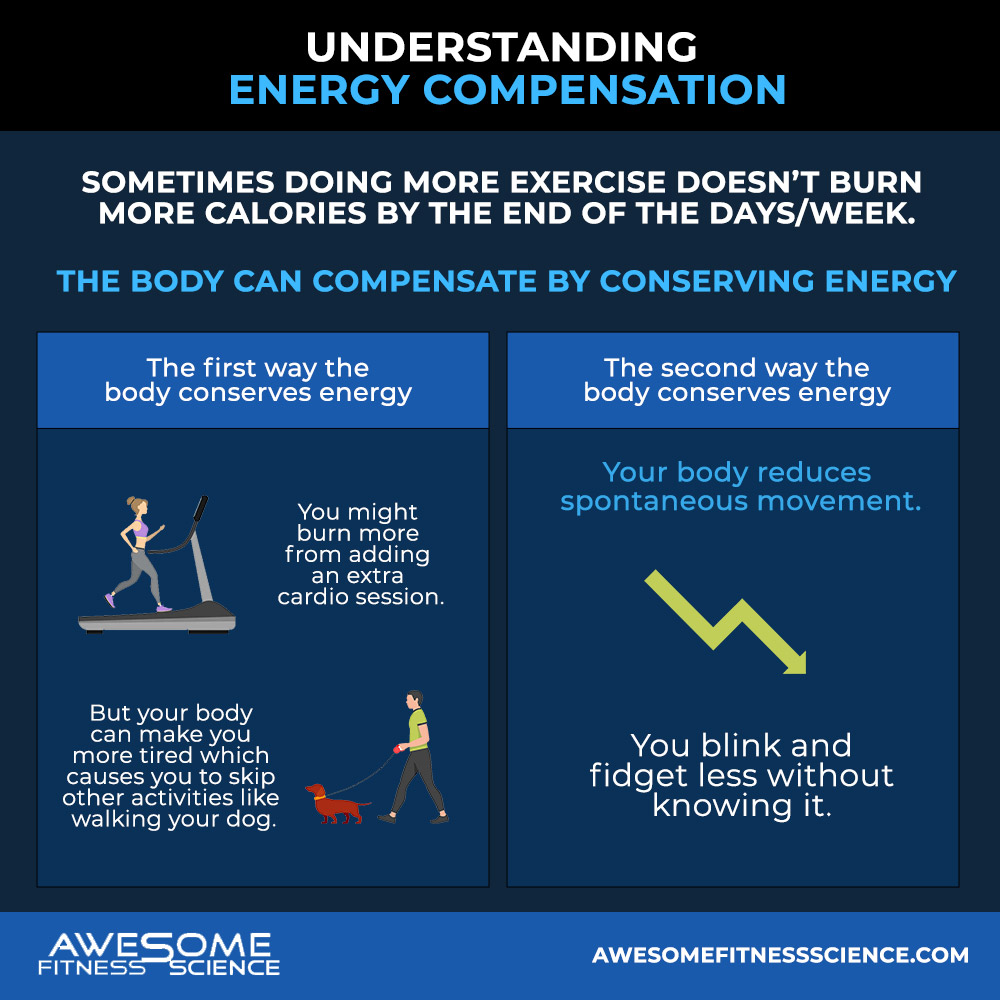
Your body conserves energy from AEE whether that’s NEAT or formal exercise, although NEAT seems to be more constrained (10,11,12). In other words, if you force higher energy expenditure in one instance, your body can compensate by conserving energy in another instance via reducing NEAT.
AEE is dependent on how much total movement/work you do and how economically that movement/work is performed (13-16).
So when your body compensates by conserving energy, the most obvious way is by having you do less work elsewhere. For example, you might wake up early to do some extra cardio, but that cardio might make you too tired to move as much as you normally do. You burned more from the cardio session, but you burned less by the end of the day because you skipped walking your dog and ordered take out instead of cooking dinner without even knowing it.
But even if you meticulously maintain the same conscious activity, your body can conserve energy by reducing spontaneous movement. It can easily blink slower, fidget less, and bop your head to music fewer times per song. This reduction is almost always unconscious as well.
Isn’t human physiology a dick sometimes? Well, you ain’t seen nothing yet.
Remember, total work is only one mechanism. The other mechanism is how economically movements are performed. So even if you were to somehow do the same conscious and unconscious movements at the exact same rate and volume daily, your body can still conserve energy by paying fewer calories for performing the same total activity (15,16,17).
It’s similar to a business. If a company stays in business long enough, it learns how to provide the same product and perform the same service while spending less money. Your body is getting good at the same thing. Accomplishing the same movement, but spending fewer calories to do so.
Ok, before you despise on your physiology too much, here’s some hope. Exercise can still have a net amount of calories burned if your exercise burns more than what your body compensates/conserves.
Some studies show participants don’t raise their total calories burned despite adding exercise, particularly low intensity steady state cardio (18,19,20).
Some studies have more mixed results (21).
Fortunately, most studies find that additional exercise does net you more calories burned despite energy compensation still being present (22-28,38,39).
Strength training or higher intensity training in particular is more effective than cardio in mitigating compensation (27,28,29). In fact, I’ve written previously how strength training can increase your NEAT levels (the area of energy expenditure that’s most constrained), so it reverses this compensation effect. This is partly due to the muscle building effects making your body more energy demanding on top of being able to increase your RMR (13).
So even though, your apple watch (which is grossly inaccurate anyways) says your lifting sessions burn less than your cardio sessions, lifting energy expenditure doesn’t get constrained.
To get more quantifiable, Pontzer et al gives us a decent model we can go off of based on mostly cardio research (10). In general, people who are more sedentary can add cardio without a net amount of compensation. This makes sense because if you already barely move, there’s little movement to constrain.
But as you add in more activity, you start to plateau in energy expenditure because there’s more activity to contrain. See the image below.
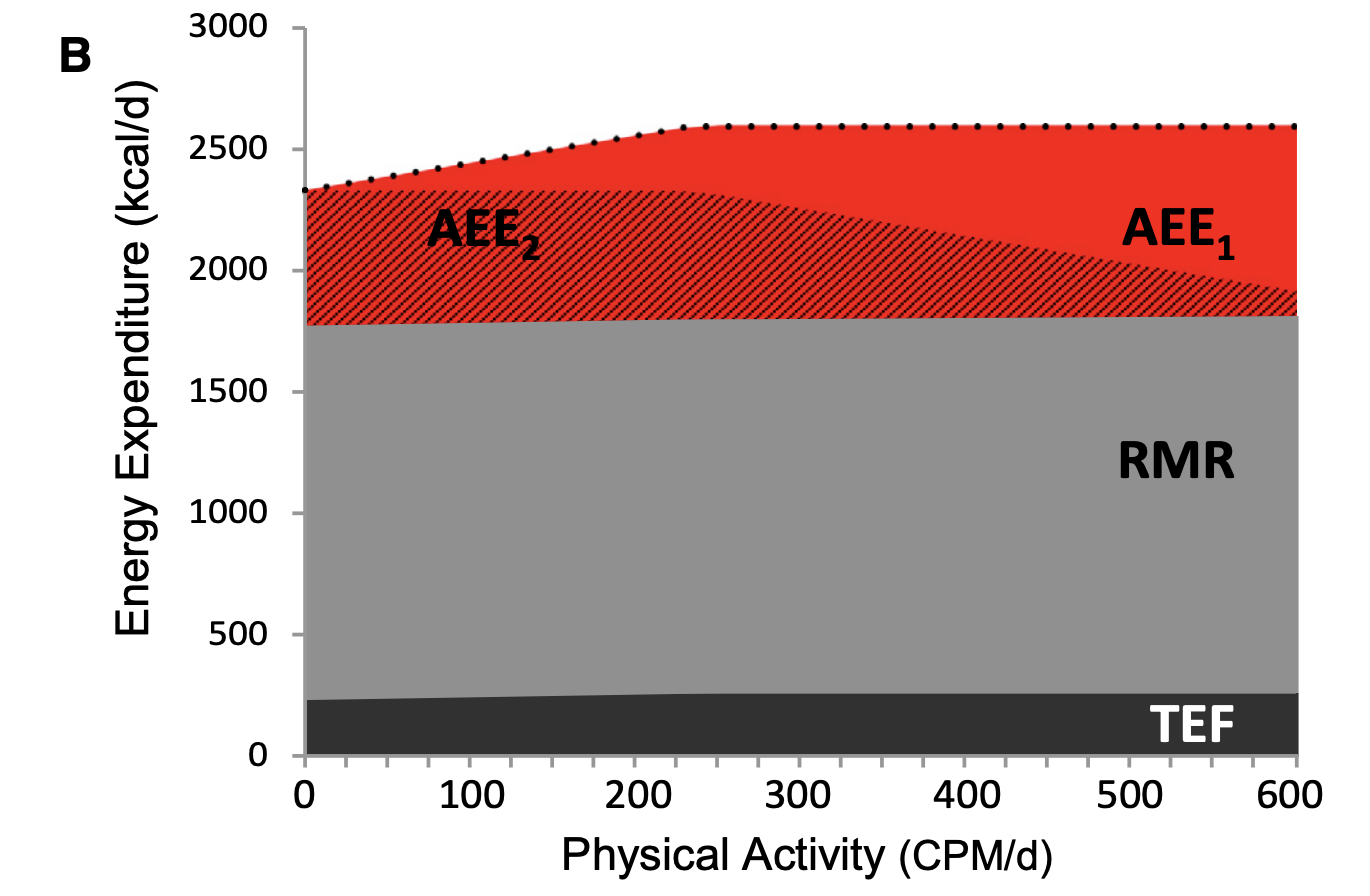
According to Pontzer’s model, you can add activity up to 1.6x your resting energy expenditure. Any more than this gets completely constrained. This can be grim depending on your size. If this model is taken literally, a small female with a resting metabolism of 900 calories only has a maximum ceiling of 1440 per day no matter how much exercise she adds.
Fortunately, the Pontzer model has it’s limitations. It’s statistical analysis is incomplete and doesn’t account for individual adherence, strength training studies, military studies, or higher output cardio exceptions like endurance athletes (13).
In fact, many endurance athletes can drive their TDEE up quite high especially during competition related seasons even in the 4000-5000 calorie per day range (30).
Based on research on endurance athletes, extreme climates, overfeeding, pregnancy, military, and high motivation studies, the model is clear that the human body can sustain quite a high ceiling of energy expenditure even apart from competition. We’re talking to the tune of 2.5x your resting energy expenditure (13,31). That’s 4500 calories per day for somebody with a resting energy expenditure of 1800.
However, what’s physiologically possible is might not be practically possible. Byrne et al calculated a model for this (13). To reach that upper limit, someone has to run 14 miles within 2 hours (7mph pace) per day on top of burning a fourth of their RMR through just everyday activity.
In all cases where you can keep raising TDEE towards that upper limit without a compensation plateau involves the following:
This explains why strength training is inherently unconstrained. If you’re doing strength training right, you keep pushing the work output higher and higher by adding more weight and reps over time. And because you push the weight and reps up, your system is constantly being challenged and forced to expend energy to remodel muscle tissue so bigger performance can be displayed.
Cardio can be unconstrained as well, but not the way most people do them. Most people do cardio for some arbitrary time without pushing up their objective amount of work.
For example, if you go for a 20-minute run each day without tracking distance/speed, how do you know if you covered more distance at the same pace or covered the same distance at a higher pace?
Don’t get me wrong, you might feel tired after every run, but objectively speaking, you didn’t get enough work done to improve your performance or create an adaptation for higher levels of fitness.

Sex is a great example of this. It feels intense and passionate, but burns hysterically few calories (32). Here’s why:
So it’s safe to say that sexual energy expenditure can be constrained, unless hypothetically you have sex at increasingly faster rates for longer durations while wearing an increasingly heavy weight vest. Feel free to give that a try and let me know how it goes.
Anyhow before you entertain that idea and break your dong, let’s get back to the main points of the article.
For starters, when you go from a sedentary lifestyle to one that adds activity, you can net some extra calories burned for that activity.
However, any activity or exercise (particularly lower intensity cardio w/ low work output) that can be constrained will eventually burn fewer calories causing a plateau in TEE.
This is why a couch potato can burn more calories if he starts doing anything. However, a busy mom with an active job who adds an extra walk and spin class after work doesn’t always net herself a higher TEE.
So how much free activity can you add before you have to look towards unconstrained activities?
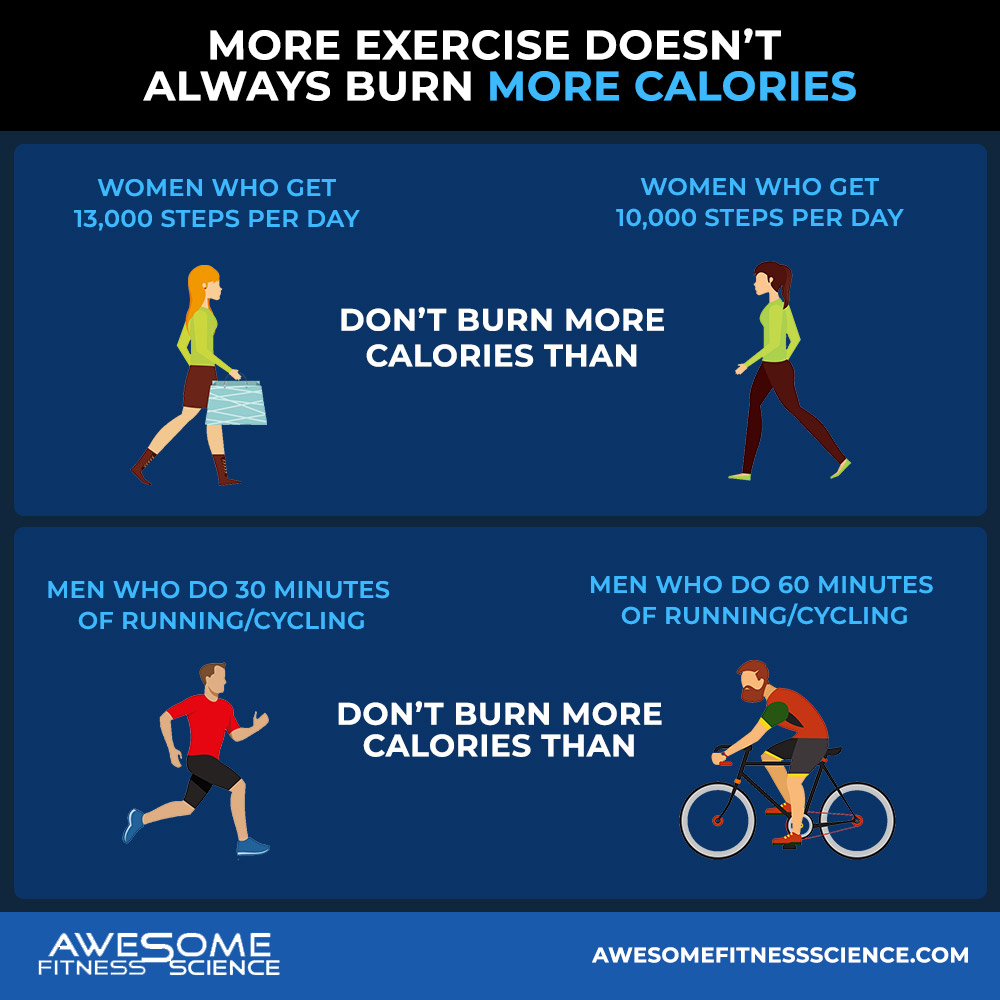
The general recommendation of 10,000 steps is likely a good baseline. For example, inactive women who take 13,000 steps per day don’t burn more calories than those who take 10,000 steps per day (34).
Furthermore, sedentary men who do 60 minutes of running/cycling don’t burn more than men who do 30 minutes of running/cycling (20).
This is quite in line with Ponzter’s model I discussed earlier.
So after this, you have to look towards strength training or higher work output cardio to increase TDEE towards the physiological ceiling.
Strength trained individuals can do this easier. Here’s why.
Muscular individuals have higher TDEE (35,36). Lifting is unconstrained and because muscle mass makes you heavier and stronger, all cardio you do produces more work per unit of time (37). For example, if you have no muscle/strength and do sled pushes. You’re not moving as high of a bodyweight or external load compared to a strength trained individual who is heavier and can push more.
For most people, it comes down to prioritizing strength training as much as you can while maximizing on your general activity or free amount of cardio.
For most busy people, something that’s pretty doable is to strength train progressively 4x per week for 50-60 minutes per session while aiming for the baseline of 10,000 steps per day or some sort of equivalent to that.
If you desire to have more energy expenditure and have the time to commit to it, add more strength training or any activity that is unconstrained like high intensity or unaccustomed cardio.
Once you enter in the realm of having 2 hard training sessions per day, you enter in the realm of burning calories like an athlete which will likely maximize your TEE. That can be the end goal, but is likely too impractical for many people because of you know, having jobs, families, responsibilities, hobbies, a social life, etc.
Nonetheless, you now understand the nuances of energy expenditure much more than the average person who swears their peloton class burned 700 extra calories. Apply your new found knowledge accordingly to your life and experiment with how you go about increasing exercise/activity and how much you can increase it by.
1.
M;, Schubert. “Acute Exercise and Subsequent Energy
Intake. A Meta-Analysis.” Appetite, U.S. National Library of Medicine,
pubmed.ncbi.nlm.nih.gov/23274127/.
2.
DJ;, Deighton. “Creating an Acute Energy Deficit
without Stimulating Compensatory Increases in Appetite: Is There an Optimal
Exercise Protocol?” The Proceedings of the Nutrition Society, U.S.
National Library of Medicine, pubmed.ncbi.nlm.nih.gov/24717417/.
3.
Donnelly . “Does Increased Exercise or Physical
Activity Alter Ad-Libitum Daily Energy Intake or Macronutrient Composition in
Healthy Adults? A Systematic Review.” PloS One, U.S. National Library of
Medicine, pubmed.ncbi.nlm.nih.gov/24454704/.
4.
Sport, 1School of. “Individual Variation in Hunger,
Energy Intake, and Ghrelin… : Medicine & Science in Sports &
Exercise.” LWW,
5.
Flack, Kyle D, et al. “Exercise for Weight Loss:
Further Evaluating Energy Compensation with Exercise.” Medicine and Science
in Sports and Exercise, Lippincott Williams & Wilkins, Nov. 2020,
www.ncbi.nlm.nih.gov/pmc/articles/PMC7556238/.
6.
D;, Charlot. “Energy Compensation after an Aerobic
Exercise Session in High-Fat/Low-Fit and Low-Fat/High-Fit Young Male Subjects.”
The British Journal of Nutrition, U.S. National Library of Medicine,
pubmed.ncbi.nlm.nih.gov/23506960/.
7.
Shakiba, Ebrahim, et al. “The Type of Training Program
Affects Appetite-Regulating Hormones and Body Weight in Overweight Sedentary
Men.” Applied Physiology, Nutrition, and Metabolism, 27 Aug. 2018,
cdnsciencepub.com/doi/abs/10.1139/apnm-2018-0197#.XEizl1xKiUk.
8.
R;, Thompson. “Acute Effects of Exercise Intensity on
Appetite in Young Men.” Medicine and Science in Sports and Exercise,
U.S. National Library of Medicine, pubmed.ncbi.nlm.nih.gov/3386499/.
9.
Hopkins, Mark, and John E. Blundell. “Energy Balance,
Body Composition, Sedentariness and Appetite Regulation: Pathways to Obesity.” Portland
Press, Portland Press, 8 Aug. 2016,
portlandpress.com/clinsci/article-abstract/130/18/1615/71471/Energy-balance-body-composition-sedentariness-and?redirectedFrom=fulltext.
10. Pontzer,
Herman, et al. “Constrained Total Energy Expenditure and Metabolic Adaptation
to Physical Activity in Adult Humans.” Current Biology : CB, U.S.
National Library of Medicine, 8 Feb. 2016,
www.ncbi.nlm.nih.gov/pmc/articles/PMC4803033/.
11. EL;,
Melanson. “The Effect of Exercise on Non-Exercise Physical Activity and
Sedentary Behavior in Adults.” Obesity Reviews : an Official Journal of the
International Association for the Study of Obesity, U.S. National Library
of Medicine, pubmed.ncbi.nlm.nih.gov/28164451/.
12. Thivel
. “Is There Spontaneous Energy Expenditure Compensation in Response to
Intensive Exercise in Obese Youth?” Pediatric Obesity, U.S. National
Library of Medicine, pubmed.ncbi.nlm.nih.gov/23447495/.
13. Byrne,
N. M., and A. P. Hills. “How Much Exercise Should Be Promoted to Raise Total
Daily Energy Expenditure and Improve Health?” Wiley Online Library, John
Wiley & Sons, Ltd, 3 Dec. 2018,
onlinelibrary.wiley.com/doi/full/10.1111/obr.12788.
14. King
. “Metabolic and Behavioral Compensatory Responses to Exercise Interventions:
Barriers to Weight Loss.” Obesity (Silver Spring, Md.), U.S. National
Library of Medicine, pubmed.ncbi.nlm.nih.gov/17557973/.
15. JP;,
Shaw. “The Correlation between Running Economy and Maximal Oxygen Uptake:
Cross-Sectional and Longitudinal Relationships in Highly Trained Distance
Runners.” PloS One, U.S. National Library of Medicine,
pubmed.ncbi.nlm.nih.gov/25849090/.
16. R;,
Swinnen. “Comparison of Running and Cycling Economy in Runners, Cyclists, and
Triathletes.” European Journal of Applied Physiology, U.S. National
Library of Medicine, pubmed.ncbi.nlm.nih.gov/29663075/.
17. JO;,
Levine. “Measurement of the Components of Nonexercise Activity Thermogenesis.” American
Journal of Physiology. Endocrinology and Metabolism, U.S. National Library
of Medicine, pubmed.ncbi.nlm.nih.gov/11551842/.
18. Wang,
Xuewen, et al. “Energy Expenditure Responses to Exercise Training in Older
Women.” Physiological Reports, John Wiley and Sons Inc., Aug. 2017,
www.ncbi.nlm.nih.gov/pmc/articles/PMC5555889/.
19. ET;,
Goran. “Endurance Training Does Not Enhance Total Energy Expenditure in Healthy
Elderly Persons.” The American Journal of Physiology, U.S. National
Library of Medicine, pubmed.ncbi.nlm.nih.gov/1443128/.
20. Rosenkilde,
Mads, et al. “Body Fat Loss and Compensatory Mechanisms in Response to
Different Doses of Aerobic Exercise-a Randomized Controlled Trial in Overweight
Sedentary Males.” American Journal of Physiology-Regulatory, Integrative and
Comparative Physiology, 15 Sept. 2012, journals.physiology.org/doi/full/10.1152/ajpregu.00141.2012.
21. Di
Blasio . “Walking Training in Postmenopause: Effects on Both Spontaneous
Physical Activity and Training-Induced Body Adaptations.” Menopause (New
York, N.Y.), U.S. National Library of Medicine, pubmed.ncbi.nlm.nih.gov/21993080/.
22. NM;,
Colley. “Exercise-Induced Energy Expenditure: Implications for Exercise
Prescription and Obesity.” Patient Education and Counseling, U.S.
National Library of Medicine, pubmed.ncbi.nlm.nih.gov/20392589/.
23. KR;,
Kempen. “Energy Balance during an 8-Wk Energy-Restricted Diet with and without
Exercise in Obese Women.” The American Journal of Clinical Nutrition,
U.S. National Library of Medicine, pubmed.ncbi.nlm.nih.gov/7572699/.
24. Schubert,
Matthew M., et al. “Energy Compensation after Sprint- and High-Intensity
Interval Training.” PLOS ONE, Public Library of Science,
journals.plos.org/plosone/article?id=10.1371%2Fjournal.pone.0189590.
25. Flack,
Kyle D., et al. “Energy Compensation in Response to Aerobic Exercise Training
in Overweight Adults.” American Journal of Physiology-Regulatory,
Integrative and Comparative Physiology, 13 Sept. 2018,
journals.physiology.org/doi/full/10.1152/ajpregu.00071.2018.
26. Willis
. “Nonexercise Energy Expenditure and Physical Activity in the Midwest Exercise
Trial 2.” Medicine and Science in Sports and Exercise, U.S. National
Library of Medicine, pubmed.ncbi.nlm.nih.gov/24694746/.
27. Rangan
. “Effects of an 8-Month Exercise Training Program on off-Exercise Physical
Activity.” Medicine and Science in Sports and Exercise, U.S. National
Library of Medicine, pubmed.ncbi.nlm.nih.gov/21364488/.
28. MM;,
Drenowatz. “Change in Energy Expenditure and Physical Activity in Response to
Aerobic and Resistance Exercise Programs.” SpringerPlus, U.S. National
Library of Medicine, pubmed.ncbi.nlm.nih.gov/26702387/.
29. Finni,
Taija, et al. “Do Running and Strength Exercises Reduce Daily Muscle Inactivity
Time?” AIMS Public Health, AIMS Press, 6 Sept. 2016,
www.ncbi.nlm.nih.gov/pmc/articles/PMC5690400/.
30. Heydenreich,
Juliane, et al. “Total Energy Expenditure, Energy Intake, and Body Composition
in Endurance Athletes Across the Training Season: A Systematic Review.” Sports
Medicine – Open, Springer International Publishing, Dec. 2017,
www.ncbi.nlm.nih.gov/pmc/articles/PMC5292109/.
31. Thurber,
Caitlin, et al. “Extreme Events Reveal an Alimentary Limit on Sustained Maximal
Human Energy Expenditure.” Science Advances, American Association for
the Advancement of Science, 1 June 2019,
advances.sciencemag.org/content/5/6/eaaw0341.
32. Frappier,
Julie, et al. “Energy Expenditure during Sexual Activity in Young Healthy
Couples.” PloS One, Public Library of Science, 24 Oct. 2013,
www.ncbi.nlm.nih.gov/pmc/articles/PMC3812004/.
33. Park,
Brian Y, et al. “Is Internet Pornography Causing Sexual Dysfunctions? A Review
with Clinical Reports.” Behavioral Sciences (Basel, Switzerland), MDPI,
5 Aug. 2016, www.ncbi.nlm.nih.gov/pmc/articles/PMC5039517/.
34. Bailey,
Bruce W, et al. “The Impact of Step Recommendations on Body Composition and
Physical Activity Patterns in College Freshman Women: A Randomized Trial.” Journal
of Obesity, Hindawi, 1 Dec. 2019,
www.ncbi.nlm.nih.gov/pmc/articles/PMC6914918/.
35. Zurlo,
F, et al. “Skeletal Muscle Metabolism Is a Major Determinant of Resting Energy
Expenditure.” The Journal of Clinical Investigation, U.S. National
Library of Medicine, Nov. 1990, www.ncbi.nlm.nih.gov/pmc/articles/PMC296885/.
36. Johnstone
. “Factors Influencing Variation in Basal Metabolic Rate Include Fat-Free Mass,
Fat Mass, Age, and Circulating Thyroxine but Not Sex, Circulating Leptin, or
Triiodothyronine.” The American Journal of Clinical Nutrition, U.S.
National Library of Medicine, pubmed.ncbi.nlm.nih.gov/16280423/.
37. Westerterp,
K R. “Control of Energy Expenditure in Humans.” Nature News, Nature
Publishing Group, 30 Nov. 2016, www.nature.com/articles/ejcn2016237.
38. Center, Pennington Biomedical Research. “Effect of AEROBIC EXERCISE-INDUCED Weight Loss on the… : Medicine & Science in Sports & Exercise.” LWW,
39. Careau, Vincent, et al. “Energy Compensation and Adiposity in Humans.” Current Biology, Cell Press, 27 Aug. 2021, www.sciencedirect.com/science/article/pii/S0960982221011209.
Grab my free guide on How To Enjoy Social Events While Dieting

Dairy – A Healthy Choice That Idiots Don’t Realize Dairy is extremely misunderstood and often picked on by the vegan and paleo communities. Many people

Hey ladies, you have so much going for you, but if I’m being honest, many of you avoid lifting weights to your detriment.
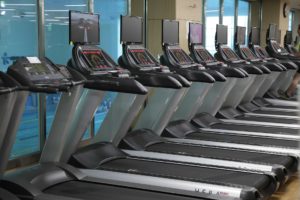
There’s a stigma about cardio causing muscle loss that sends chilling fear down a meathead’s spine. Maybe you can relate and get a little frightened walking past a treadmill knowing that merely touching it could cause your precious biceps to shrink away.